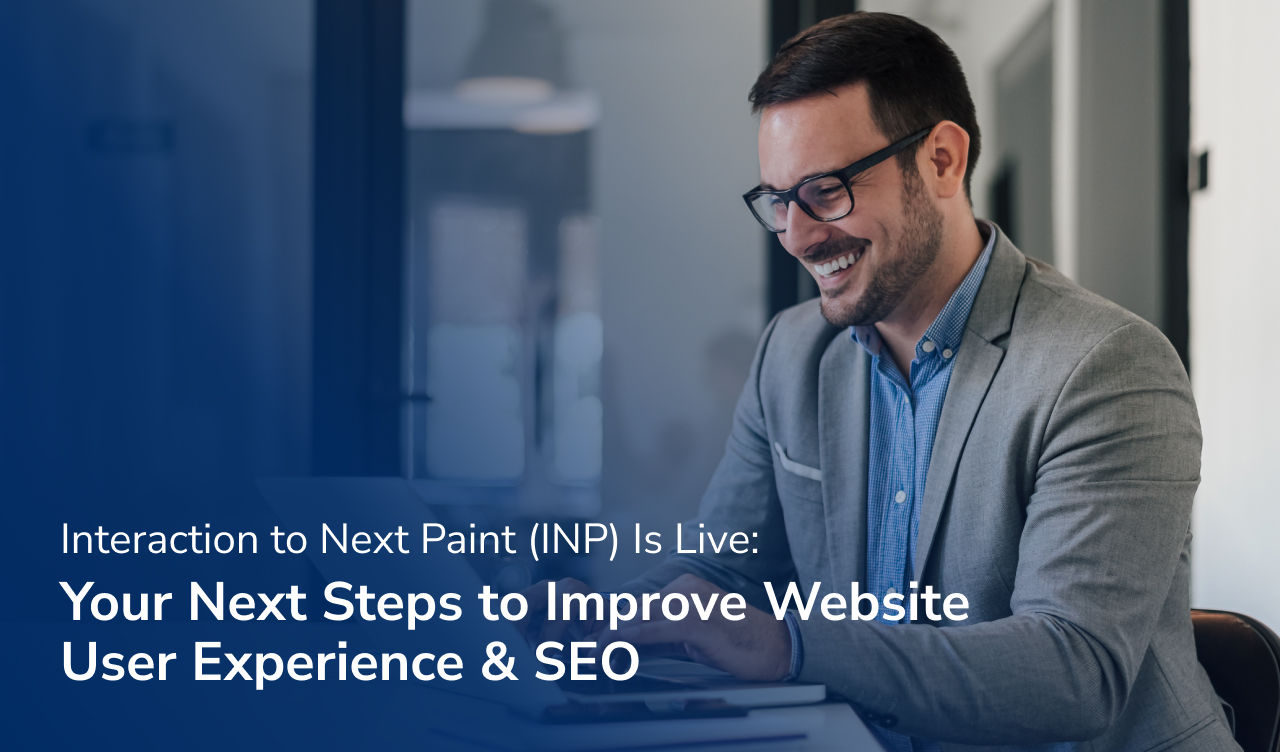Speakers:
Scott Brinker, President & CTO, Ion Interactive
Reid Spice, Director of Search Media Strategy, iCrossing
Frederick Vallaeys, AdWords Evangelist, Google Inc.
There are a lot of urban legends and speculations out there when it comes to PPC campaigns – what converts, which strategies work, and ultimately, what will get you the highest quality score and CTR with the least amount of marketing dollars.
At SMX Advanced Seattle this year, a few of the top fables were debunked. Here are the top PPC myths that were discussed:
Myth #1 – Content Network is not good
- According to Fredrick from Google this is a myth. Have a separate content campaign and take advantage of your enhanced PPC campaigns by actively reviewing content network placements and keywords. It was suggested that an advertiser should use Placement Performance Reports to discover opportunities in your content network placements or to find sites that are not converting, and to make those negative matches. One last suggestion was to use Google’s Conversion Optimizer, which will let Google manage the bids to hit your CPA targets.
Myth 2 – Lower positions convert the same as higher positions.
- A big question amongst advertisers is can I lower my bids to avoid the high spend at top positions? According to Fredrick from Google, a lower position definitely affects CTR (click though rates) which usually results in a lower total number of conversions. Calculate the ideal position by determining VPC (value per click), and the incremental CPC (cost per click). Pick the bid where ICC (difference in costs / difference in clicks) is lower than your value per click.
Myth 3- Broad match is worthless.
- Is broad match worthless or is there value to having keywords set as broad match? Overall, Frederick suggested advertisers consider broad match a great way to find new search keywords. Your PPC campaign should always have broad match enabled. Use the Search Query Report to eliminate keywords by setting them as negative match. Also, it helps to create separate campaigns for your exact and phrase match keywords.
Myth 4 – My quality score will be affected by testing.
- Will my quality score be wiped out if I restructure my PPC campaign? Frederick advised that the history of your keywords, ad text, and landing pages is always preserved, even when you are restructuring your account. The visible keyword history is reset when campaigns are restructured but the history to calculate quality score is always preserved. The best practice is to experiment with improved account structure and strategies. You can always go back to your original campaigns if it was not a success.
Myth 5 – Geo-targeting does not work.
- Geo-targeting is good for local business or for businesses that sell goods or services to exclusive locations. However, it should be used carefully since the only way a search engine knows to serve a geo-targeted ad is based on the user’s IP address or zip code. IP targeting can sometimes be inaccurate; for example, a user is located in California but they are using AOL so they appear to search engines as if they are coming from Reston, Virginia. The recommended strategy is to add modified keywords such as “dallas auto body shop” or “phoenix tanning salon” to your geo-targeted campaign.
Myth #6 – A PPC landing page is a single page.
- Actually, the landing page is a bridge between the “click” and the “conversion”. And while one may thing a single landing page would have a high conversion rate, studies have shown that sometimes a 2 or 3 path landing pages has a higher chance of converting the user. So why are 2-3 page landing pages more effective? Landing page paths (multiple pages leading to final conversion page) give opportunity to segment the users into their niche buckets, they allow you to ease the user into the buying process, and they can introduce a savvy buying experience.
Myth #7 – Flash on your landing pages is slow and bad.
- Though flash has a bad somewhat rep for being slow and undesirable, it is actually beneficial to have flash on your landing pages. When done correctly, strategically-used flash effects can increase conversion, create better branding, engage your audience, and provide a creative differentiation for your landing pages.
Myth #8 – Multivariate Testing (MVT) is better than A/B Testing.
- Though some would argue that multivariate testing is better than A/B testing, it isn’t exactly true. It’s just that each has its own pros and cons. And even though some PPC experts have shyed away from A/B testing, it really does come with a lot of benefits that we should revisit. A/B testing requires less traffic in order to collect data, it allows for apples-to-oranges type tests, and it will produce fewer variations, which means little to no risk of bad combinations. Ultimately, the goal is to think big with your PPC campaign but test small and safe.
In conclusion, the following points were made in the SMX Advanced “PPC Urban Legends” sessions:
- Multiple landing pages (forming a click-path) have shown to increase conversion vs. having just one landing page.
- Flash can be a good thing when used on landing pages, as it shows a higher conversion rate due to increased engagement and differentiation.
- A/B testing should not be wiped out by multivariate testing. A/B testing is a great strategy when you want to stay controlled and precise.
- Campaigns should use geo-targeting, content network and broad match campaign but should be tested by setting up separate campaign for each variable.
- It is good to test different structures for your campaign. Campaign history is not lost. If new structure does not work, you can go back to the original one.
- It is advisable to bid high when you start your campaigns to secure better CTR.


